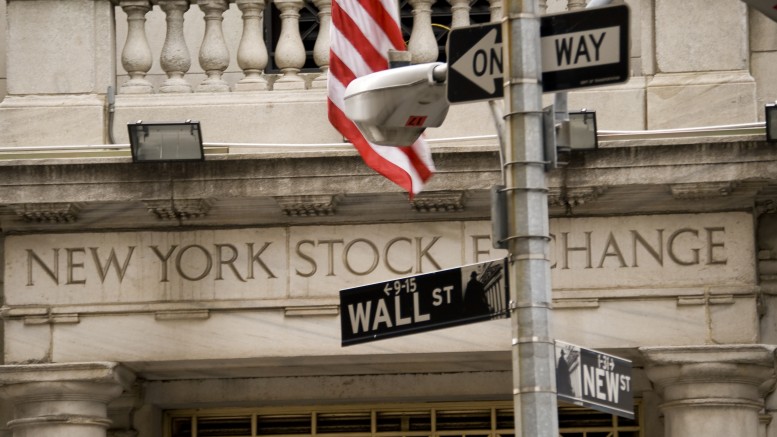In the US stock market, the big companies offer a dividend yield of around 2% and the rate of return on their debt with an average maturity of 5 years is also about 2%; low rates for both means of financing in line with the low interest rate environment, but reasonably similar in both cases.
In the European stock market, on the other hand, while the dividend yields of the big companies in the eurozone are at record highs (on average over 4%), what they pay on their debt is at minimum levels. It is actually around 10 times lower than their dividend yield (0.4% is the internal rate of return offered by a diversified portfolio of corporate bonds issued by the Euro Stoxx 50 companies, with an average maturity of 5 years). This anomaly needs to be corrected. And the margin is so great that it will allow for both an uptick in stock market prices and in interest rates.
Increasing dividend yields and dwindling rates of return. In theory, this is an ideal situation for investing in equities. And that is the way the US market, currently at record highs, has interpreted it; but not the European bourse. Just in order to recover last year’s levels (far off record highs) it would need to rise 25%. The risk perception has weighed on the market. But as time passes, the confirmation quarter after quarter that economy activity is recovering and that companies are earning more and paying more dividends, will normalise the situation.





